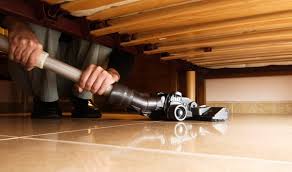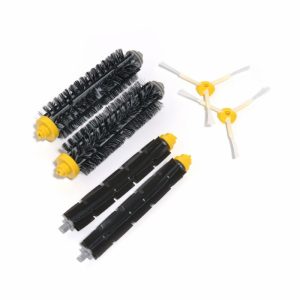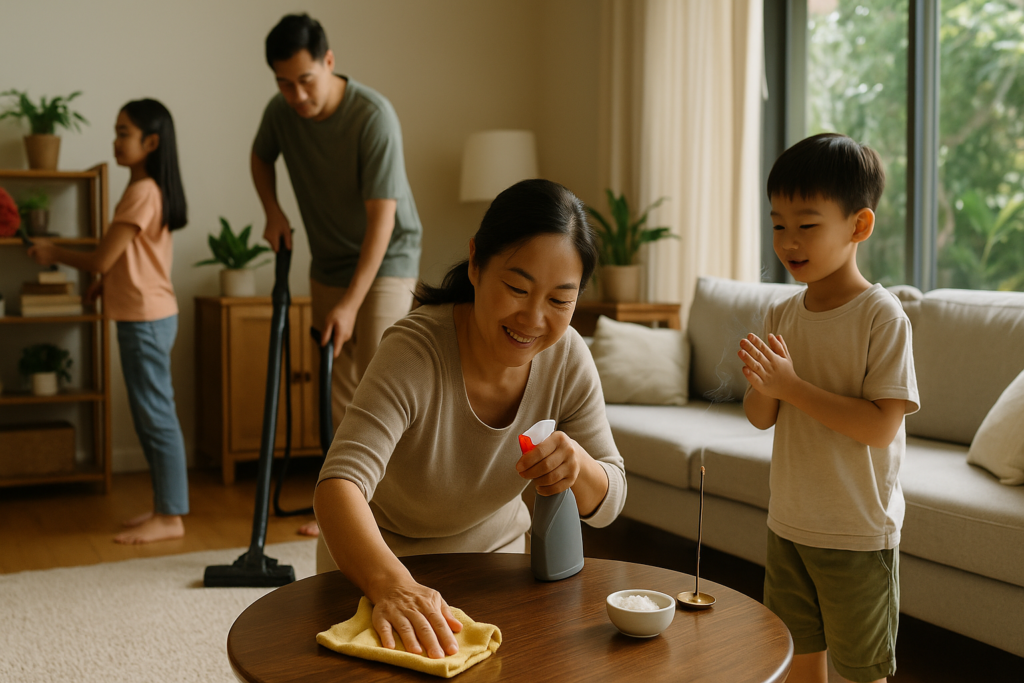When you walk into a room, it’s usually easy for you to see what needs cleaning. You might notice a pile of dirty laundry waiting to be done or a kitchen sink stacked with dirty dishes, pots, and pans.
However, after you clean up the obvious things, do you forget about the rest of the room? Consider seven places that you may be overlooking when it comes to cleaning.
1. Undersides of Furniture
When you look under a bed or sofa, you often spot a few dust bunnies rolling around that you can quickly capture with a vacuum or dust mop. But have you taken the time to inspect the actual bottom of the furniture piece? You might be shocked by what clings to bed frames, chair seats, and table braces.
Use your vacuum or a dusting wand to eliminate spider webs and eggs, as well as dust and grime, at least two times per year.

2. Walls and Baseboards
Dust and grime can adhere to vertical surfaces as well as horizontal ones. Open the curtains or blinds, and turn on all the lights, and you’ll be amazed at how furry your walls may look. If you happen to have textured wallpaper, even more dust is likely lurking.
Start at the top of the wall and work your way down using a duster that captures particles. Finish by removing any stray marks or body soil that may be present around light switches and door knobs.
Conclude your wall cleaning by giving attention to the baseboards. A significant amount of dust can accumulate on those small ledges. In rooms with higher humidity levels like kitchens and bathrooms, you may need to wipe the baseboards with a damp cloth because the moisture has turned the dust into soil that clings to the surface.

3. Tops of Cabinets, Doors and Picture Frames
When you’re cleaning, take the time to look up. You might notice more dirt than you’d prefer. We often overlook what’s above our line of sight. Regularly clean the tops of door frames, kitchen and tall storage cabinets, picture frames, and ceiling corners.
While you’re up there, inspect the light fixtures and ceiling fans. The best tool for capturing dust and spider webs is a disposable duster with an extendable handle. If you don’t have one, use a clean microfiber cloth and attach it to a broom or mop handle with a rubber band.

4. Air Filters and Vents
If the system doesn’t filter the air returning properly to trap dust and pollen particles, it will just blow them back into the living space. There are various filter types, ranging from expensive HEPA filters to inexpensive mesh filters. Regardless of the type you use, you must change or clean them to ensure effectiveness. While you’re changing the filter, take the time to clean the vent grates as well. This will make breathing easier and result in less dust on everything.
Make sure to also give single window unit filters and vents a thorough cleaning.

5. Vacuum Cleaners and Cleaning Tools
If all your cleaning tools are really dirty, using them each time might simply spread the dirt around. When did you last take a good, close look at your vacuum, mop, or scrubbing brushes?
Of course, you empty the debris cup or dispose of the disposable bag in your vacuum. But you should wash and thoroughly clean the cup every month or so. Most can be washed in hot, soapy water and left to air dry. There are likely filters that need to be washed or replaced as well. Check the rotary bars and brushes and remove any tangled strings or hair. This will result in better cleaning outcomes and less dust.
All mop heads, sponges, and scrubbing brushes should be cleaned with hot water and a disinfectant cleaner after every use. Kitchen sponges can harbor and spread dangerous bacteria if not handled properly.

6. Indoor Plants
Whether you have indoor plants that are real or silk, they can accumulate an astonishing amount of dust. Most live plants will benefit from a quick trip under the shower head. If they are too large to move, you can use a microfiber cloth or disposable duster to wipe down each leaf.
Silk plants can also be “dusted” with a cloth or by taking them outside and using a hair dryer set on cool to blow off the dust. To freshen individual stems of silk greenery or blossoms, you can place them in a paper bag with plenty of table salt or baking soda. Give the bag a good shake, and much of the dirt will remain in the salt or baking soda. Finish by dusting off any residue with a cool hair dryer before displaying.






